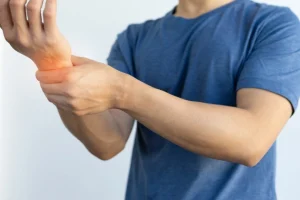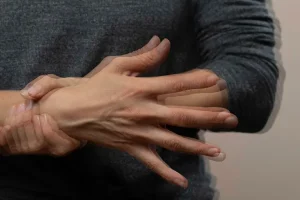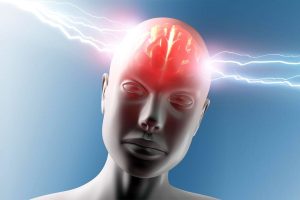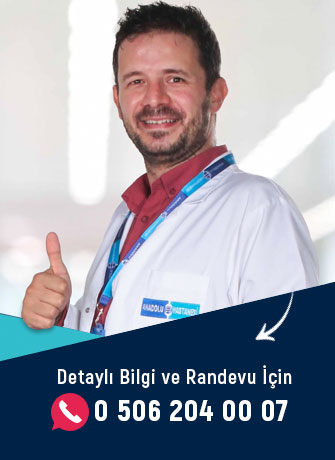What are the symptoms and treatment methods for stroke disease?

What are the symptoms and treatment methods for stroke disease?
Stroke is a severe medical condition that occurs when the blood flow to the brain is blocked (ischemic stroke) or when blood vessels in the brain burst (hemorrhagic stroke), leading to damage or death of brain cells. Immediate medical intervention is crucial, and recognizing the symptoms early can minimize the effects of the disease. The symptoms, treatment methods, and preventive measures for stroke are detailed in this article, featuring insights from Dr. Mustafa Zafer Demirtaş, a respected neurology specialist in Alanya.
Stroke Symptoms
Stroke symptoms usually occur suddenly and often affect one side of the body. Dr. Mustafa Zafer Demirtaş emphasizes the importance of quickly recognizing stroke symptoms, which can include:
- Speech Difficulties: Patients may struggle to find words or their speech may become slurred or hard to understand.
- Weakness in Face, Arm, or Leg: Sudden weakness or numbness, typically on one side of the body.
- Vision Problems: Blurred or lost vision in one or both eyes.
- Balance and Coordination Issues: Difficulty walking, dizziness, or loss of balance.
- Severe and Sudden Headache: An unexplained, sudden severe headache.
Dr. Mustafa Zafer Demirtaş stresses the importance of seeking immediate medical help if any of these symptoms are observed. Early intervention can reduce the impact of a stroke and accelerate the recovery process.
Stroke Treatment
Treatment for stroke depends on the type of stroke. Ischemic strokes are treated by removing the blockage, while hemorrhagic strokes focus on controlling the bleed and reducing pressure in the brain.
- Ischemic Stroke Treatment: Dr. Mustafa Zafer Demirtaş notes that treatment typically involves medications to dissolve the clot (thrombolytic agents), which are most effective when administered within the first few hours after a stroke.
- Hemorrhagic Stroke Treatment: Surgery may be required to stop the bleeding and reduce damage to the brain. Procedures to reduce pressure in the brain may also be necessary.
Dr. Demirtaş also highlights the importance of rehabilitation in stroke treatment. Physical therapy, speech therapy, and occupational therapy can help patients regain independence post-stroke.
Prevention and Lifestyle Changes
Dr. Demirtaş emphasizes the importance of healthy lifestyle changes to reduce the risk of stroke. These changes include regular exercise, a healthy diet, avoiding smoking, and limiting alcohol consumption. Additionally, managing risk factors such as high blood pressure, diabetes, and high cholesterol is crucial.
Dr. Mustafa Zafer Demirtaş and the neurology team in Alanya offer a comprehensive approach to stroke patients, providing support from diagnosis through treatment and rehabilitation. With early detection, effective treatment, and lifestyle modifications, the recovery process after a stroke can be significantly improved.







